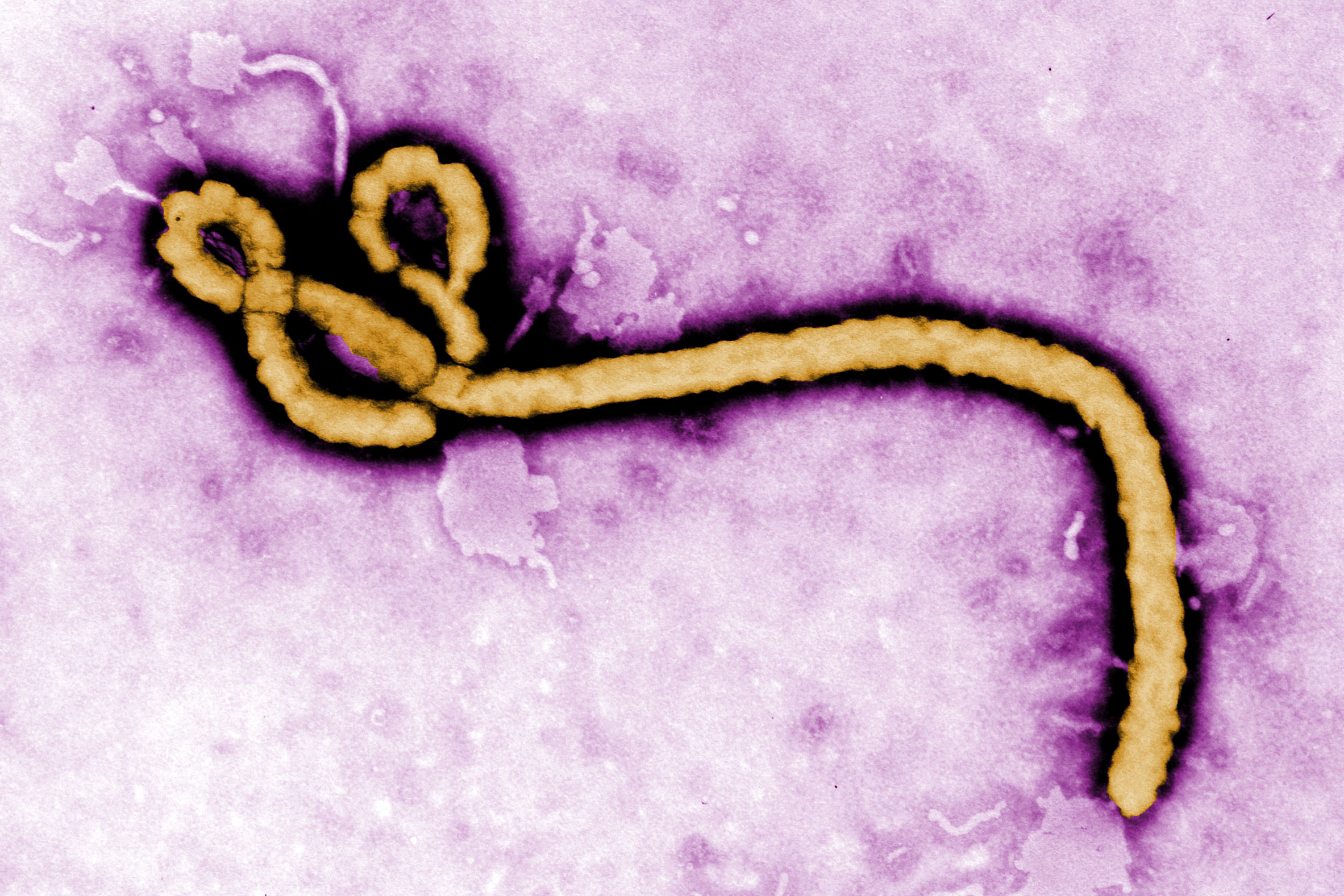
Scientists apply optical pooled CRISPR screening to identify potential new Ebola drug targets
Images for download on the MIT News office website are made available to non-commercial entities, press and the general public under a Creative Commons Attribution Non-Commercial No Derivatives license. You may not alter the images provided, other than to crop them to size. A credit line must be used when reproducing images; if one is not provided below, credit the images to "MIT."
Previous image Next image
Although outbreaks of Ebola virus are rare, the disease is severe and often fatal, with few treatment options. Rather than targeting the virus itself, one promising therapeutic approach would be to interrupt proteins in the human host cell that the virus relies upon. However, finding those regulators of viral infection using existing methods has been difficult and is especially challenging for the most dangerous viruses like Ebola that require stringent high-containment biosafety protocols.
Now, researchers at the Broad Institute and the National Emerging Infectious Diseases Laboratories (NEIDL) at Boston University have used an image-based screening method developed at the Broad to identify human genes that, when silenced, impair the Ebola virus’s ability to infect. The method, known as optical pooled screening (OPS), enabled the scientists to test, in about 40 million CRISPR-perturbed human cells, how silencing each gene in the human genome affects virus replication.













